Lenovo Legion Go S Review
The Lenovo Legion Go S: A Handheld PC Review
Handheld gaming PCs have surged in popularity, largely thanks to the Steam Deck. Lenovo's Legion Go S attempts to compete, offering a design closer to the Steam Deck than its predecessor. Unlike the original Legion Go, the Go S boasts a unibody design, ditching removable controllers and extraneous buttons. A SteamOS version is slated for later this year, a first for a non-Valve handheld, but this review focuses on the Windows 11 model. However, at $729, the Legion Go S struggles to justify its price against competitors.
Lenovo Legion Go S – Image Gallery

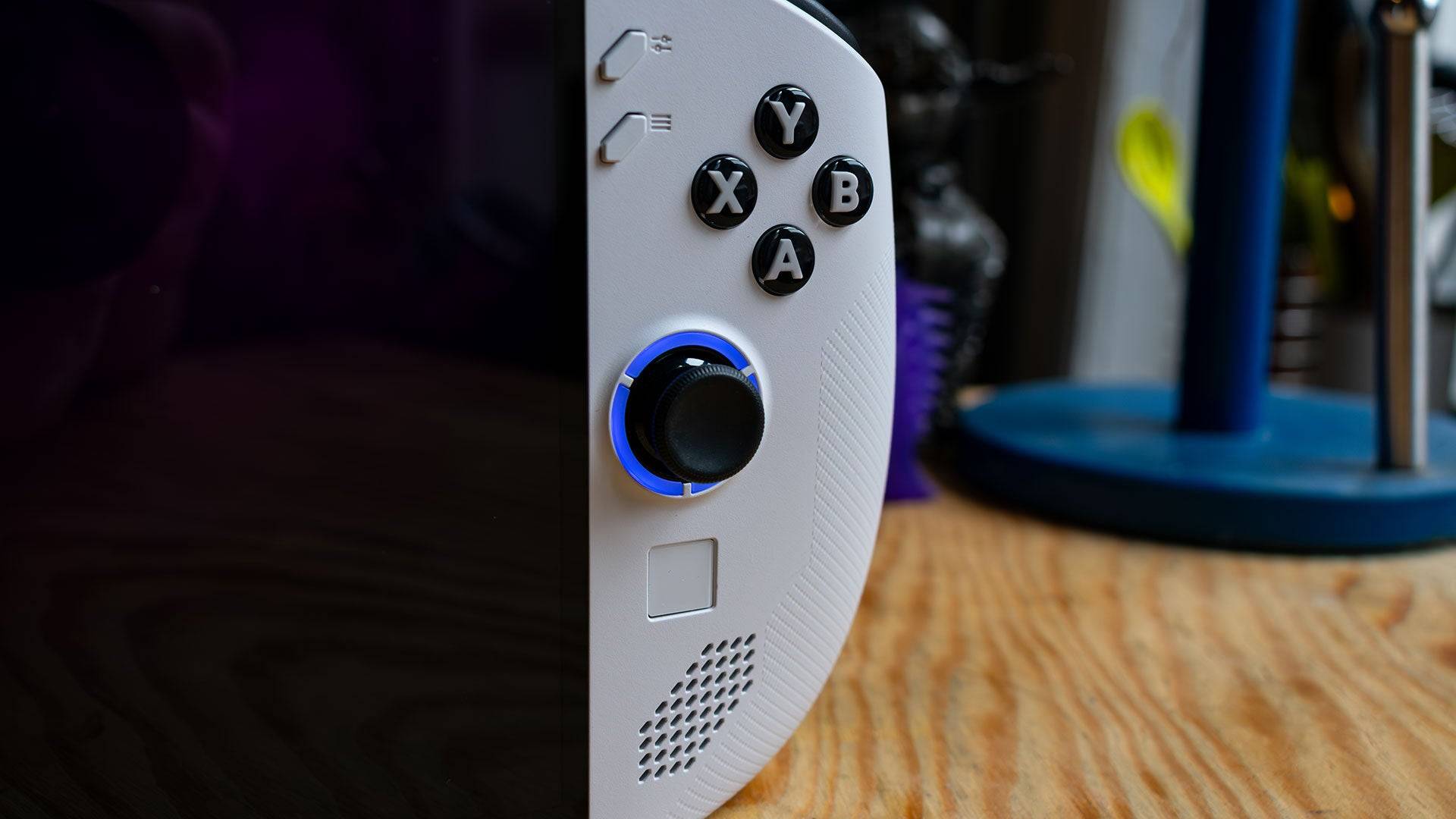 7 Images
7 Images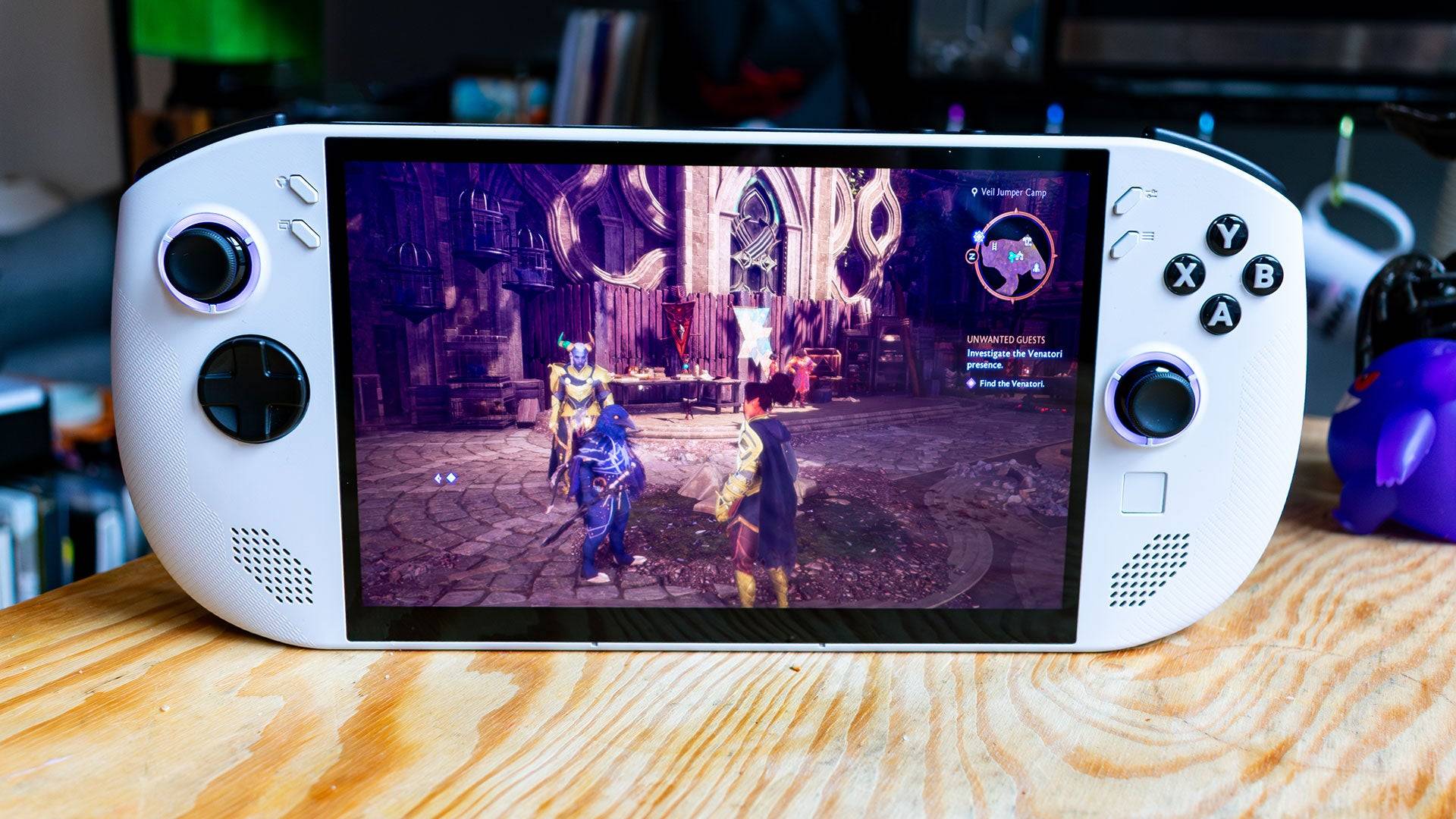
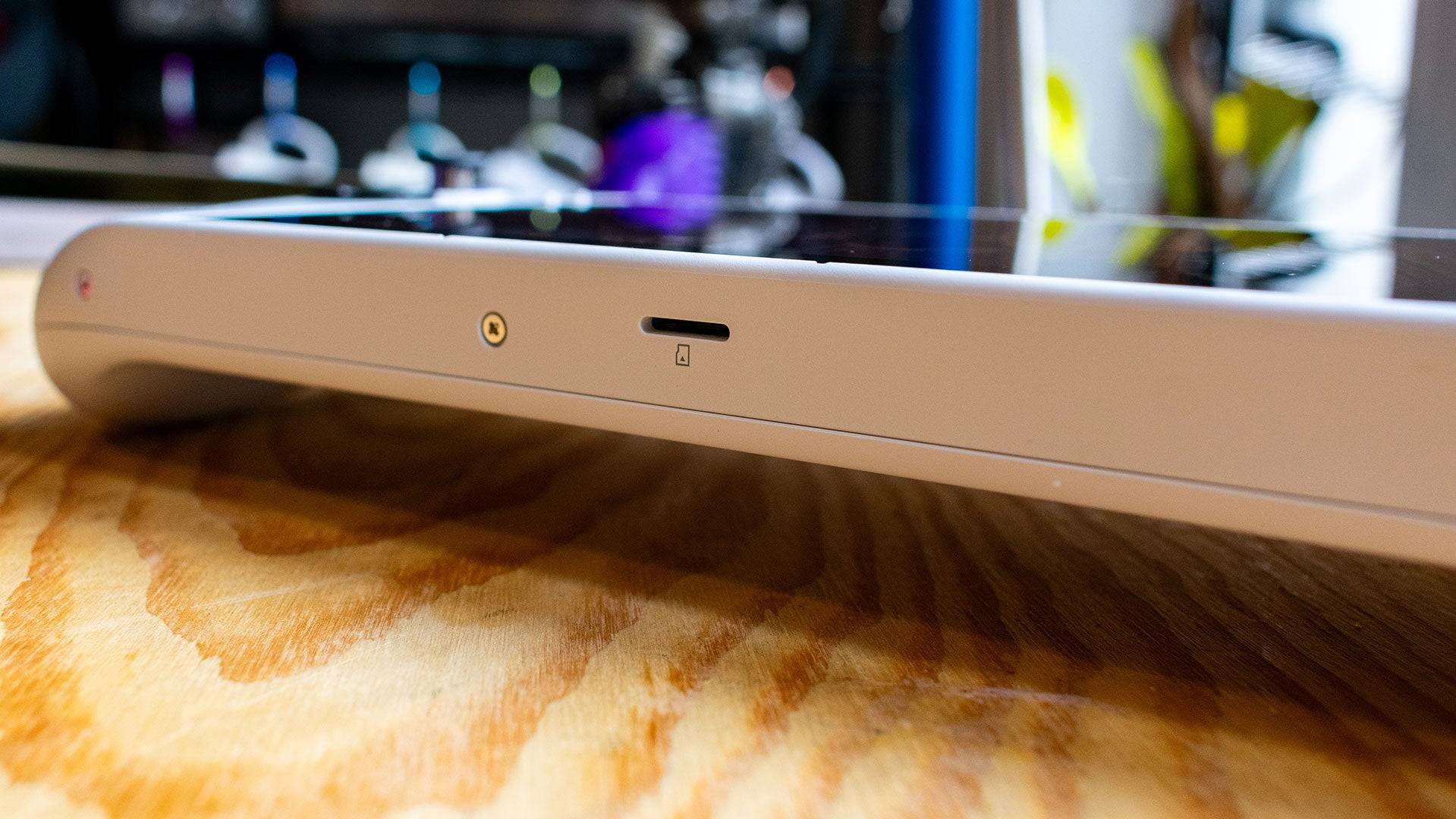

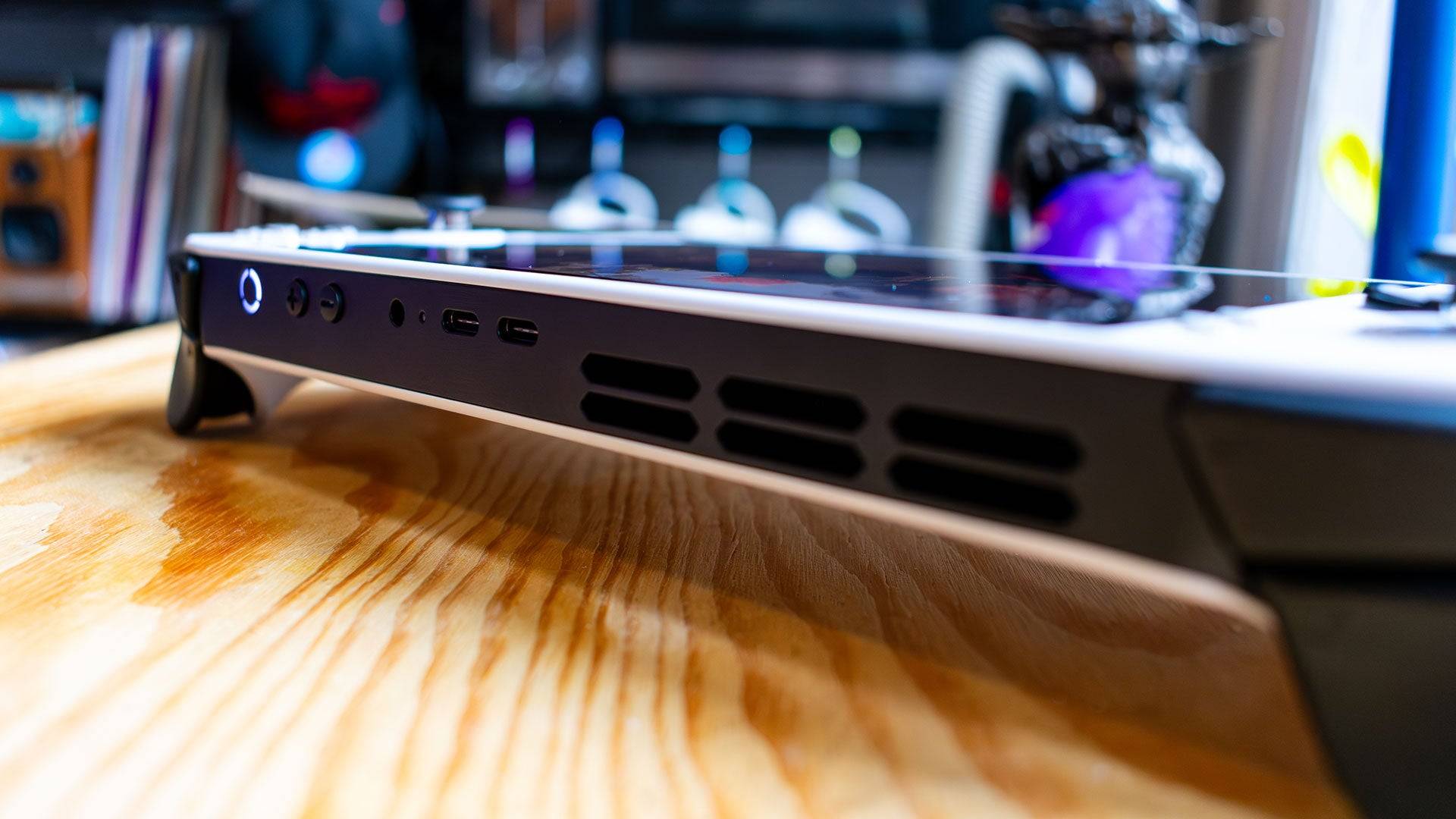
Lenovo Legion Go S – Design and Features
The Legion Go S resembles the Asus ROG Ally more than its predecessor. Its unibody design improves usability. Rounded edges enhance comfort during extended gaming sessions, somewhat offsetting its considerable 1.61-pound weight (heavier than the Asus ROG Ally X). This weight, however, contributes to its impressive 8-inch, 1200p IPS display with 500 nits of brightness, arguably one of the best in handheld gaming PCs.
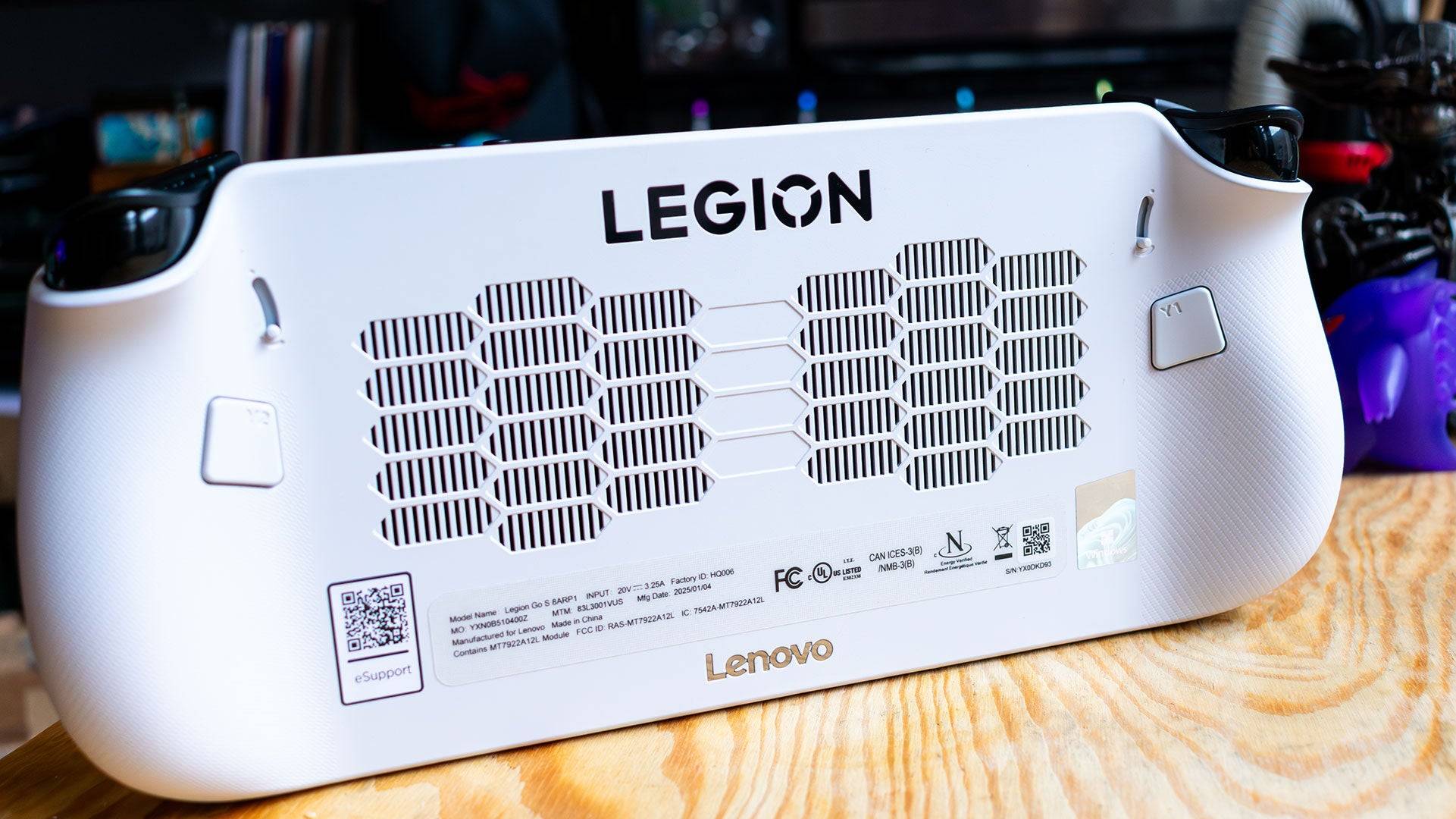
Available in Glacier White and Nebula Nocturne (the latter exclusive to the SteamOS version), the Go S features RGB lighting around the joysticks. Button placement is more intuitive than the original Legion Go, though the placement of Lenovo's menu buttons above the standard 'Start' and 'Select' buttons requires adjustment. These menu buttons, however, offer quick access to system controls and shortcuts.
The integrated touchpad is significantly smaller than the original, hindering navigation compared to its predecessor. This is less of a concern with the upcoming SteamOS version, optimized for controller navigation. A dedicated button activates LegionSpace software for system management and game library access.
Rear programmable paddle buttons are clickier but offer more resistance than the original. Adjustable triggers offer only two settings: full and minimal travel. Two USB 4 ports are located on top, while a MicroSD card slot is unusually positioned on the bottom.
Purchasing Guide
The reviewed configuration ($729.99) includes an AMD Z2 Go APU, 32GB LPDDR5 RAM, and a 1TB SSD. A more affordable 16GB RAM/512GB SSD version will launch in May for $599.99.
Lenovo Legion Go S – Performance and Benchmarks
The AMD Z2 Go APU (Zen 3 processor with 4 cores/8 threads and RDNA 2 GPU with 12 cores) is less powerful than expected for a 2025 release. Benchmark results show it lagging behind the Legion Go and Asus ROG Ally X. Battery life (4 hours 29 minutes in PCMark10) is shorter than the original Legion Go despite a larger battery.

3DMark results reveal significant performance differences. The Go S scores lower than both the Legion Go and ROG Ally X in Time Spy and Fire Strike. Gaming performance is more competitive, though still behind competitors. While some games perform comparably or slightly better, demanding titles like Horizon Forbidden West struggle even at low settings. Less demanding games, however, run smoothly.
The Price Conundrum
The $729 price tag for the initial configuration is higher than the Legion Go, despite inferior specs. The 32GB RAM and 1TB SSD are excessive for the APU's capabilities, especially considering the slower 6400MHz memory compared to the Legion Go's 7500MHz. Manually allocating more memory to the frame buffer in the BIOS improves performance, highlighting the RAM's underutilization.
Poll: Which Handheld Are You Most Excited For in 2025?
AnswerSee ResultsConclusion
The high-end configuration of the Lenovo Legion Go S is overpriced. The May release of the $599 model with 16GB of RAM offers significantly better value. While capable of playing most AAA titles at acceptable settings, its performance doesn't justify its initial price point. The superior display and comfortable design are noteworthy, but potential buyers should strongly consider the cheaper option.
- 1 Project Zomboid: All Admin Commands Jan 05,2025
- 2 Call of Duty Announces Black Ops 6 Updates Feb 08,2025
- 3 Pokemon GO Fest 2025: Dates, Locations, and Event Details Jan 08,2025
- 4 Pokémon TCG Pocket: Wonder Pick Date, Time, and Promo Cards – February 2025 Mar 03,2025
- 5 STARSEED Update: Codes for January 2025 Released Feb 25,2025
- 6 How to Get All Ability Outfits in Infinity Nikki Feb 28,2025
- 7 Black Myth: Wukong Tops Steam Charts Days Before its Launch Jan 07,2025
- 8 GTA 6: Fall 2025 Release Date Rumors Intensify Feb 19,2025
-
Budgeting & Investing: Your Guide to Financial Apps
A total of 9
-
Addictive Hypercasual Games for Quick Play
A total of 10
-
Best Role Playing Games for Android
A total of 10






























